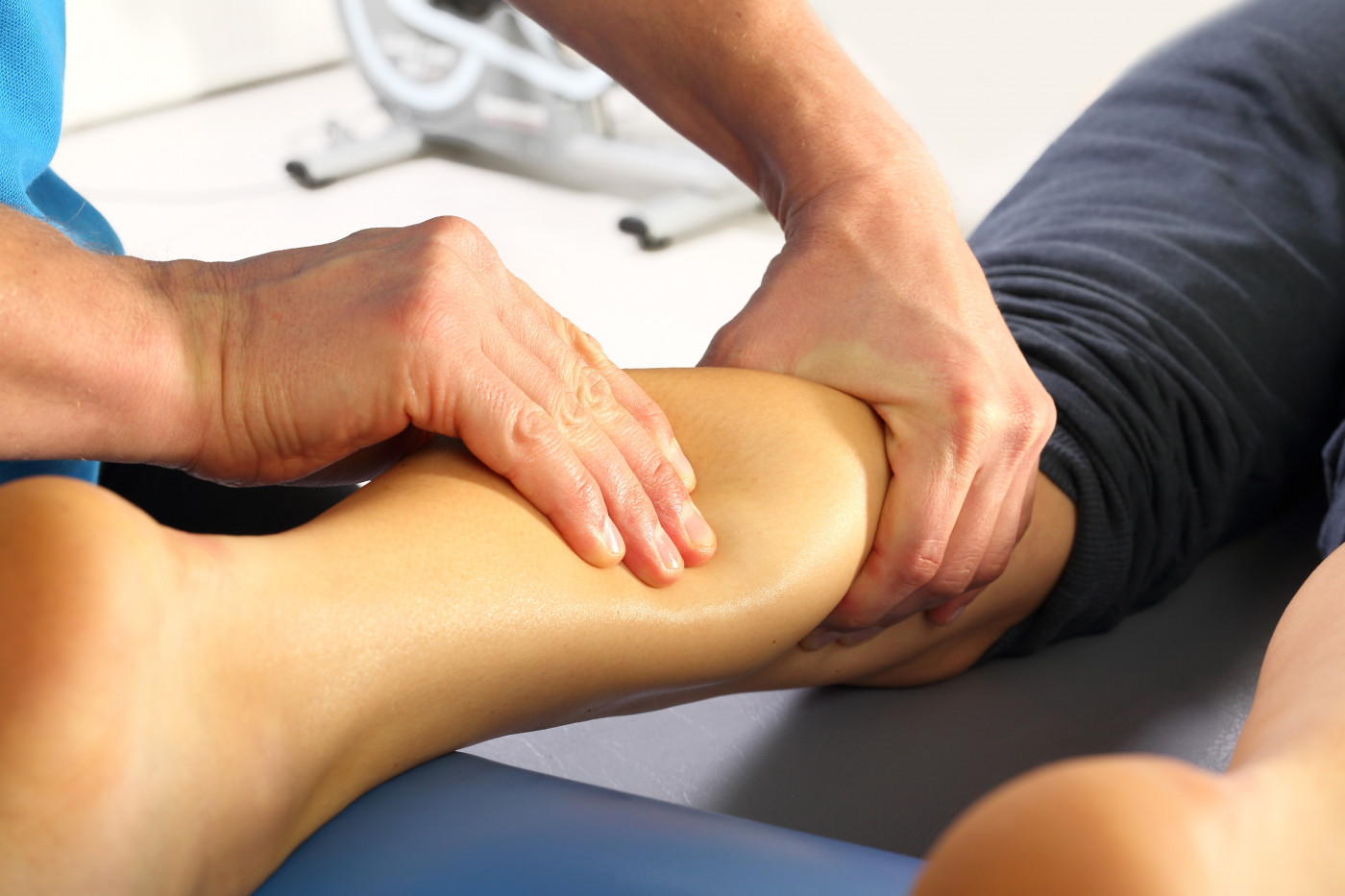Spasticity Scales May Not Be Sufficiently Informative of Sativex Benefits in MS Patients, Small Study Suggests
Written by |

Spasticity scales may be insufficient to reflect the actual benefits of Sativex (nabiximols) treatment on spasticity symptoms in people with multiple sclerosis (MS), according to a small case series study.
The results support the need to conduct a more extensive and functional examination to clarify treatment responses and help optimize treatment decisions.
The study, “Variability of Multiple Sclerosis Spasticity Symptoms in Response to THC:CBD Oromucosal Spray: Tracking Cases through Clinical Scales and Video Recordings,” was published in the journal Case Reports in Neurology.
Spasticity is one of the most common symptoms of MS, manifesting as progressive and frequently painful muscle stiffness and involuntary muscle spasms, which have a negative effect in the patients’ quality of life.
Despite the existence of first-line anti-spasticity medications, about a third of MS patients do not respond to them and continue to have moderate-to-severe spasticity.
Sativex is an approved add-on therapy in the European Union and in other countries to treat symptoms of moderate or severe spasticity resistant to first-line anti-spastic treatments in MS patients.
Developed and commercialized by GW Pharmaceuticals, it consists of a oromucosal spray that combines two of the most common types of cannabinoids — tetrahydrocannabinol (THC) and cannabidiol (CBD).
Data from clinical trials and clinical practice have shown that Sativex effectively eases spasticity-related symptoms in people with MS. The results were based on scores of the 0–10 spasticity Numerical Rating Scale (NRS), a validated self-reported measure of perceived severity of spasticity.
Researchers now have conducted an extensive examination of spasticity-related symptoms in six MS patients before and after one month of Sativex treatment. Participants (four women and two men) with persistent spasticity despite first-line therapy were enrolled at a single center in Germany (three patients) or in Italy (three patients), between March 1, and June 30, 2016.
Discuss the latest research in the MS News Today forums!
Their age ranged from 33 to 65 years, and four of them had relapsing-remitting MS (RRMS), one had progressive relapsing MS, and one had secondary progressive MS (SPMS).
Spasticity was assessed through a battery of tests (including the spasticity NRS score) and videos for at least two mobility situations and two rigidity situations.
Results showed that while all patients showed a greater than 20% improvement in spasticity NRS scores after Sativex treatment, there was an individual variability in other spasticity-related parameters.
Sativex was found to improve arm and hand function (upper limb function) in all three patients who performed the 9-Hole Peg Test, but only one patient showed improvements in the grab an object task.
Five patients showed less resistance during passive stretching (reflected by improved Modified Ashworth Scale scores), and one of them showed a significant improvement in lower limbs scores and in the 10 meter walk test (10MWT; a test assessing walking speed), along with more stable walking identified by video analysis.
Overall, Sativex improved the walking ability of four patients — assessed through the 10MWT or the 25-foot walk test (T25-FW) — and video analysis confirmed that two of them could walk faster after treatment.
However, one patient who performed 21% worse in the T25-FW test after Sativex, reported an improved spasticity by 50% in the spasticity NRS score.
Based on the results, the researchers wrote: “the range of benefits patients with MS spasticity may experience during treatment with THC:CBD oromucosal spray [Sativex] are highly individualized and are seemingly not fully captured by the spasticity 0–10 NRS alone.”
“The study outcome supports a recommendation to specialists to explore and ask patients in more detail about the evolution in their MS spasticity-related impairment, and not just monitor changes on spasticity scales,” they added.
The team believes a more comprehensive examination will better capture the real treatment benefits in spasticity — even in patients with no apparent improvement in spasticity NRS scores — and may help optimize treatment decisions.





